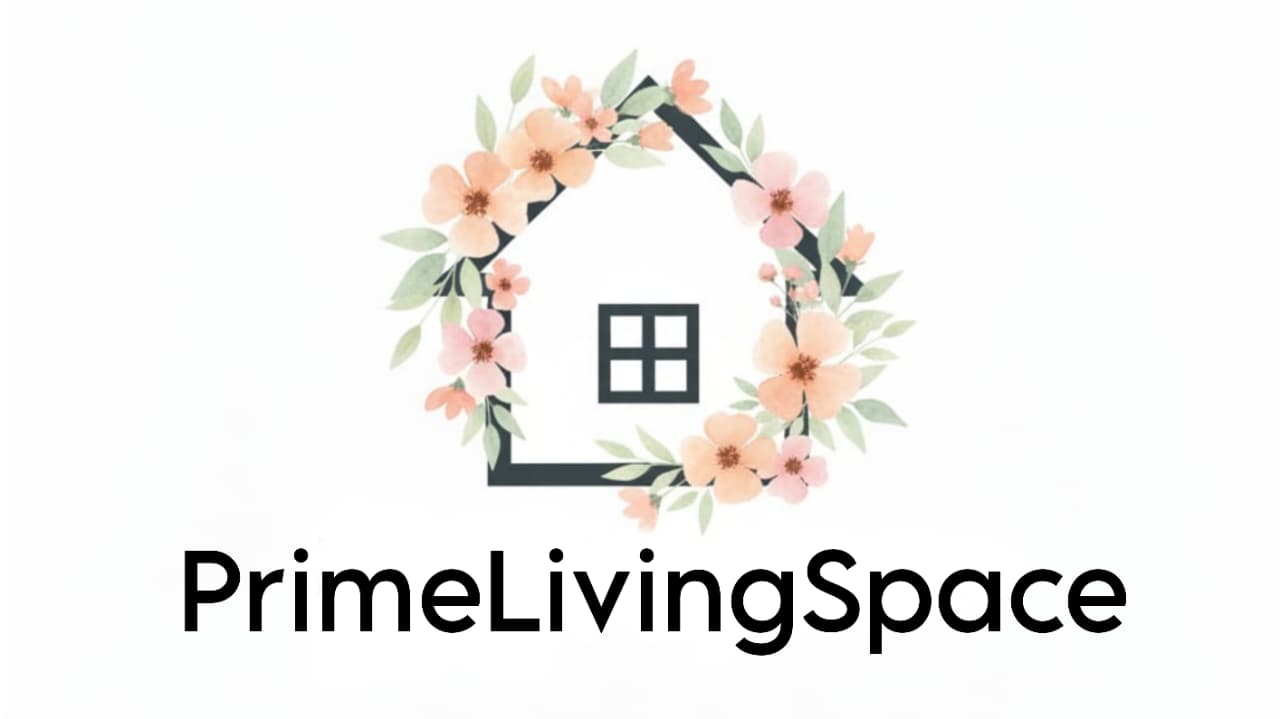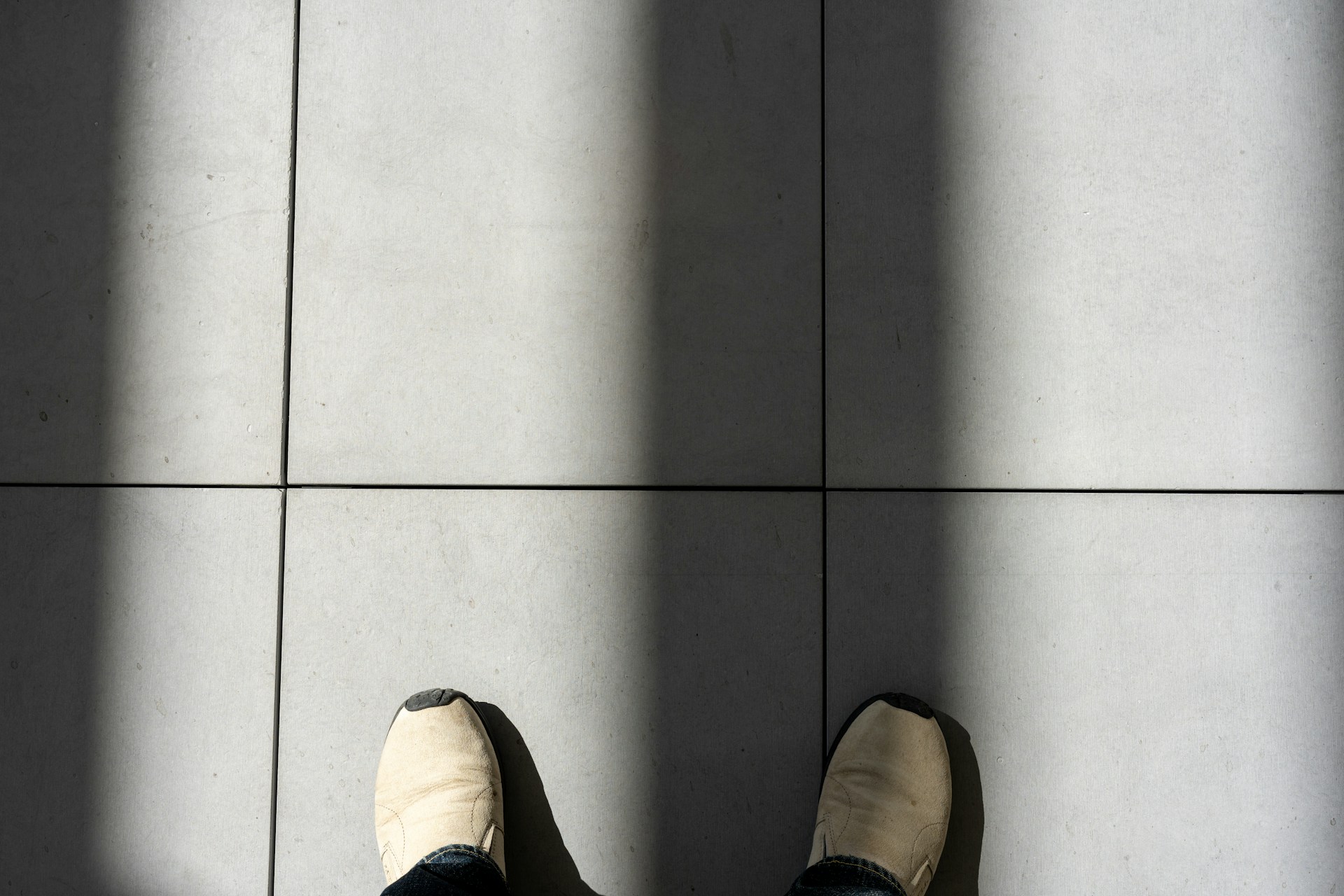
Before choosing hardwood, vinyl, or tile, understanding the partnership between flooring and subflooring can save you money, stress, and future repairs. Here’s what every smart homeowner should know before laying down a single plank.
Every year, thousands of homeowners spend fortunes on new floors only to see cracks, squeaks, or warping appear within months. The truth? The problem rarely lies in the visible flooring; it’s what’s beneath it that counts.
1. What Most Homeowners Get Wrong About Flooring (Mistakes & Misconceptions)
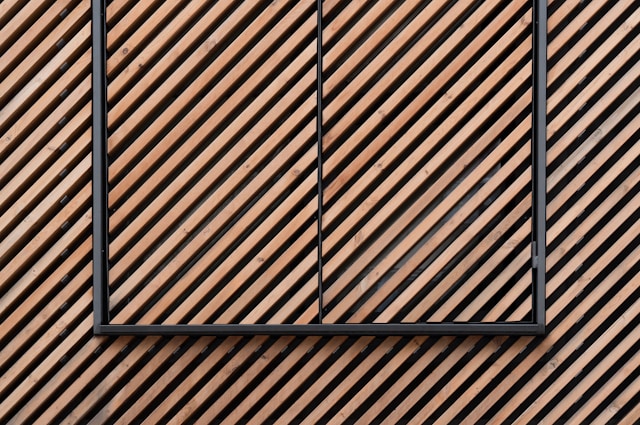
Many people think flooring is a purely aesthetic design choice. But even the most luxurious hardwood will fail if it’s installed over a weak or uneven subfloor. The biggest misconception? Believing that upgrading the visible surface automatically increases home value. In reality, poor subfloor prep can ruin the best materials.
Common homeowner mistakes:
- Ignoring moisture barriers.
- Installing expensive floors over damaged plywood.
- Assuming concrete subfloors don’t need leveling.
2. Why Subflooring Matters More Than You Think
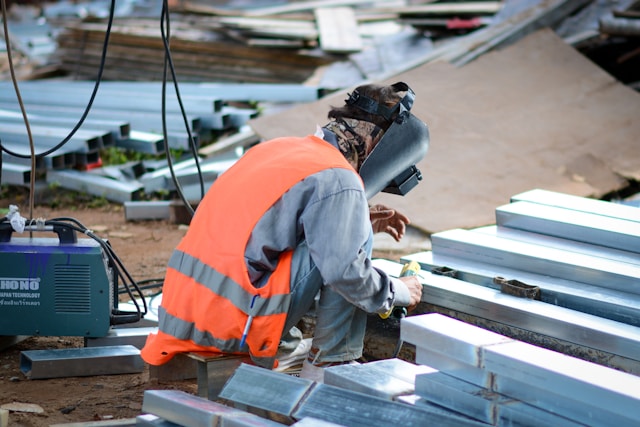
Your subfloor is the backbone of your home’s flooring system. It’s what gives every step its stability and prevents squeaks, dips, and cracks. Subflooring absorbs impact, manages weight distribution, and protects against temperature and humidity changes. Think of it as your floor’s silent hero unseen but essential.
A poorly installed subfloor can lead to:
- Tiles cracking under pressure.
- Carpets developing lumps.
- Wood planks separating at the seams.
3. The Anatomy of a Floor: How Flooring and Subfloor Work Together
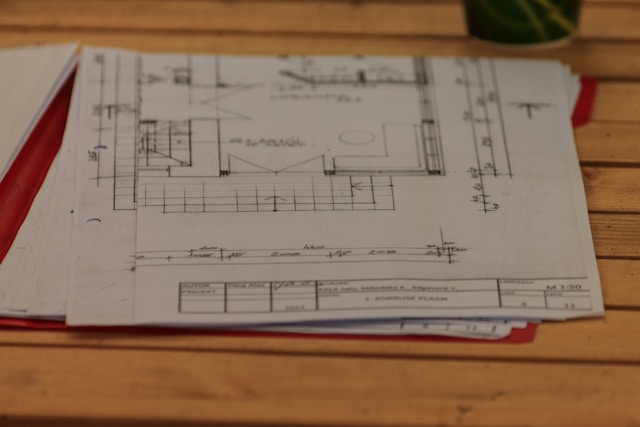
A stable floor system typically includes three layers:
- Joists—structural beams providing foundational support.
- Subfloor—usually made of plywood, OSB, or concrete panels.
- Flooring layer—the visible surface, such as wood, vinyl, or tile.
When these layers align properly, the result is a long-lasting, sound-resistant, and safe flooring system. Skip one detail and you compromise the entire structure.
4. Types of Subflooring and How Each Impacts Longevity
Each subfloor material interacts differently with flooring types:
| Subfloor Type | Best For | Durability | Moisture Resistance | Typical Cost |
| Plywood | Hardwood, carpet | High | Moderate | $$ |
| OSB (Oriented Strand Board) | Vinyl, laminate | Medium | Moderate | $ |
| Concrete | Tile, vinyl | Very High | High | $$$ |
| Cement Board | Bathrooms, kitchens | High | Excellent | $$ |
| Advantech Panels | All flooring types | Very High | High | $$$’ |
Expert Tip: Avoid cutting costs on subflooring. Premium panels reduce noise, resist swelling, and extend flooring life.
5. Flooring Choices That Fail Without Proper Subfloor Support
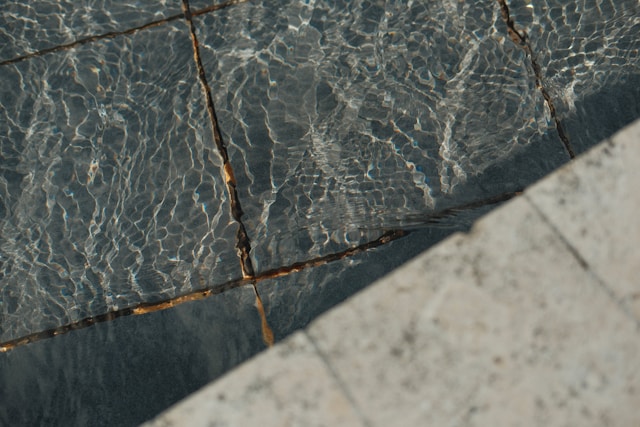
Even the best flooring can fail prematurely if installed on the wrong subfloor.
Examples:
- Solid hardwood expands and contracts, needing stable, dry plywood.
- Luxury vinyl planks (LVP) require a smooth, moisture-free base.
- Tile flooring demands a rigid cement board to prevent cracks.
If your subfloor shifts or flexes, your surface layer will show it.
6. Moisture, Movement, and Sound — The Invisible Enemies of Flooring
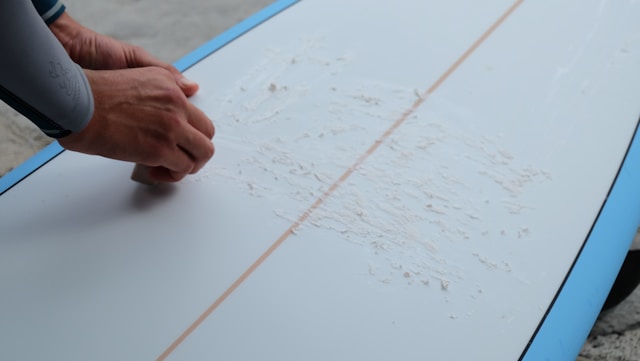
Your floor faces three invisible forces daily:
- Moisture – causes swelling, warping, and mold.
- Movement – structural shifts lead to loose boards or cracks.
- Sound – echoes and squeaks signal subfloor weaknesses.
Combat these issues with underlayments, vapor barriers, and expansion gaps. A small investment here prevents massive repair bills later.
Real-World Examples: 5-Year vs. 10-Year Flooring Failures
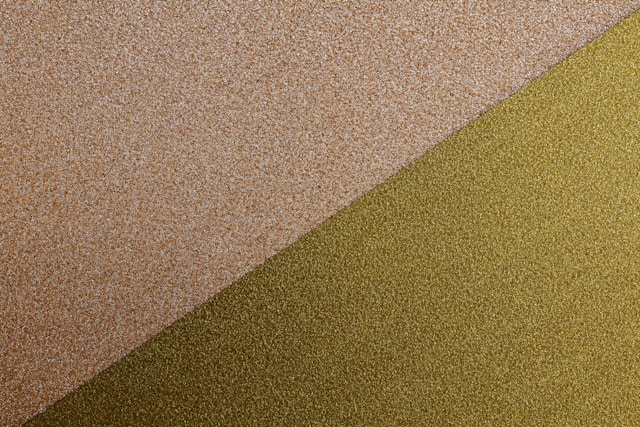
- Laminate over concrete without moisture barrier: curls at edges within 3 years.
- Hardwood over damaged plywood: squeaks appear in 2–4 years.
- Tile over OSB: cracking by year 5 due to movement.
- Vinyl over uneven subfloor: bubbles and separation within 18 months.
Testing from real home inspections proves that subfloor quality determines whether flooring lasts a decade or barely half that.
8. Budget Smarter: What to Spend on Flooring vs. Subflooring
A balanced budget is key:
| Component | Ideal % of Total Cost | Why It Matters |
| Flooring | 55–65% | Visible design & comfort |
| Subflooring | 25–30% | Structural integrity |
| Underlayment & Barriers | 10–15% | Protection from moisture & noise |
Don’t chase luxury flooring if your foundation is weak. A modest floor on a strong subfloor outlasts any premium surface on poor support.
9. Signs Your Subfloor Needs Replacement (Before It’s Too Late)
Watch out for these warning signs:
- Persistent squeaks underfoot.
- Floors feel bouncy or uneven.
- Cracks appear between boards or tiles.
- Unexplained musty odor (hidden moisture).
- Discoloration around baseboards.
Ignoring these can lead to costly flooring replacements—or even structural damage.
10. DIY or Professional? When You Can Fix It Yourself—And When You Shouldn’t
DIY: Minor leveling, small patch repairs, or moisture barrier installation.
Hire a Pro: Structural movement, joist damage, or mold beneath flooring.
Flooring pros use laser leveling tools and moisture meters to ensure perfect conditions before reinstalling surfaces.
11. Future-Proof Flooring: Eco Options & Smart Upgrades That Last
Sustainability meets performance in new flooring systems that combine recycled materials, better adhesives, and moisture-resistant subflooring.
Top Picks:
- Cork underlayments for insulation.
- Bamboo and engineered wood for eco-longevity.
- Recycled rubber underlayment for noise control.
These reduce environmental impact and long-term maintenance.
12. How to Use This Guide (3 Practical Steps)
- Inspect First: Check subfloor condition before any flooring upgrade.
- Budget Wisely: Allocate at least 25% for subfloor repair/prep.
- Think Long-Term: Choose materials rated for your climate and moisture level.
Final Word: Don’t Waste Money—Invest in What’s Beneath
Great floors don’t start with pretty planks—they start with knowledge.
When you understand flooring and subflooring, you’re not just protecting your budget; you’re building comfort, safety, and peace of mind from the ground up.
So before you splurge on that new hardwood or luxury vinyl, grab a moisture meter, test your subfloor, and make sure your foundation is as solid as your vision.
Because the truth is simple: floors fail from below—but success starts there too.
FAQs
1. What is the main difference between flooring and subflooring?
Flooring is the visible surface, while subflooring is the structural base supporting it. A strong subfloor prevents warping, squeaks, and premature flooring failure.
2. Can I install new flooring over old subflooring?
Yes, if the subfloor is level, dry, and damage-free. Always inspect and repair weak spots before installation to avoid long-term issues.
3. How do I know if my subfloor needs replacement?
Soft spots, squeaks, uneven flooring, or musty smells usually indicate subfloor damage or moisture problems that need immediate repair.
4. Which subfloor type lasts the longest?
Concrete and Advantech panels are the most durable, offering excellent stability, moisture resistance, and longevity across various flooring types.
5. How much should I budget for subflooring?
Typically, allocate 25–30% of your total flooring budget to subfloor prep and materials—it’s a long-term investment in stability.
6. Does subfloor type affect sound insulation?
Absolutely. High-quality subfloor panels and underlayments significantly reduce footstep noise and vibrations, especially in multi-level homes.
